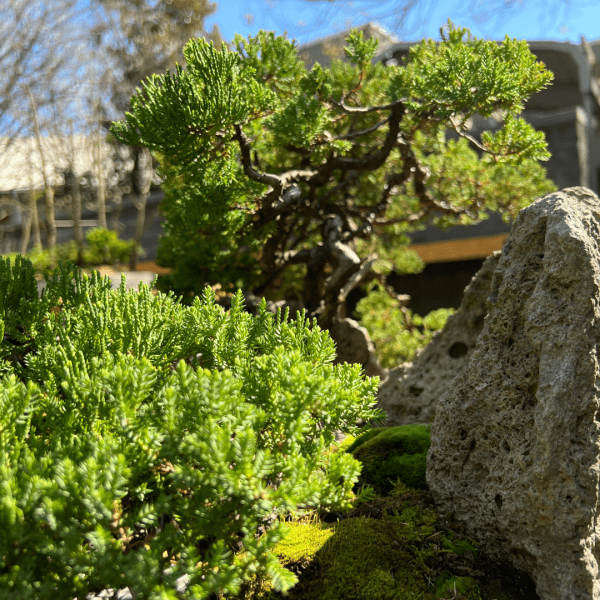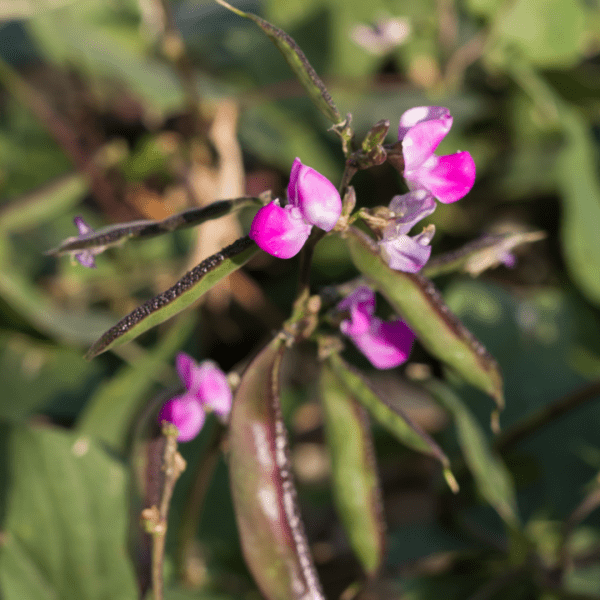

Agastache ‘Blue Fortune’
This perennial is a hybrid between a Korean species and a North American species, and it has a lot going for it. The blue-green foliage has a fresh minty aroma; it does well in sunny drier locations; deer and rabbits generally leave it alone; its pale lavender blue flowers bloom from late June to September; and most importantly, it is a pollinator magnate, surpassed by few others.
Located – Canal Walk
Black-eyed Susans
One of the most prolific genuses of North American native plants is Rudbeckia, commonly referred to as black or brown-eyed Susan, or coneflower. There are many different species that do well in our climate, and summer is their season to shine. Their flowers attract insect pollinators, and their ripe seeds offer many birds sustenance.
Located – Garden Wide


Bonsai Collection
NBG is somewhat unique that our collection is managed by a group of dedicated and passionate bonsai volunteers. Over the past few years they have been able to substantially grow our collection and it now includes some amazing pieces, many of which were created from ordinary garden plants growing in our gardens or nursery.
Located – Transition Garden
Jeana Phlox
It can be difficult to find plants that excel at both garden performance and at providing ecological benefits, but Jeana phlox (Phlox paniculata ‘Jeana’) does so. Gardeners love it for its tall clusters of pink flowers that bloom from July to September on a nearly mildew proof plant. Hosts of butterflies and other pollinators flock to its flowers as well.
Located – Pollinator Demonstration Garden


Joe-Pye Weed
These tall robust plants (Eutrochium species) are a spectacular summer blooming native perennial. Their large mauve flowerheads are very attractive to butterflies, and later on seed-eating birds will relish the ripe seeds. The plants namesake was purported to be a native American herbal healer who used a variety of plants to treat illness, including Joe-Pye weed.
Located – Pollinator Garden, Baker Perennial Garden, Border Garden, and Elsewhere
Purple Hyacinth Bean
This easy to grow annual vine (Lablab purpureus) is cherished for its handsome foliage, stems, flowers, and fruit. The leaves are dark green with dark purple venation; the stems are the same dark purple; the flower clusters are a beautiful pale purple; the bean pods are crayon-box purple; and if that wasn’t enough, open the pod and the beans themselves are a showy black and white. This is an heirloom plant, and was a favorite at Thomas Jefferson’s Monticello. Our seeds came from Missouri in a Mason jar and were shared by one of our Horticulturists. The women in her family have grown it for generations.
Located – Tram Stops 5, 6, 7



